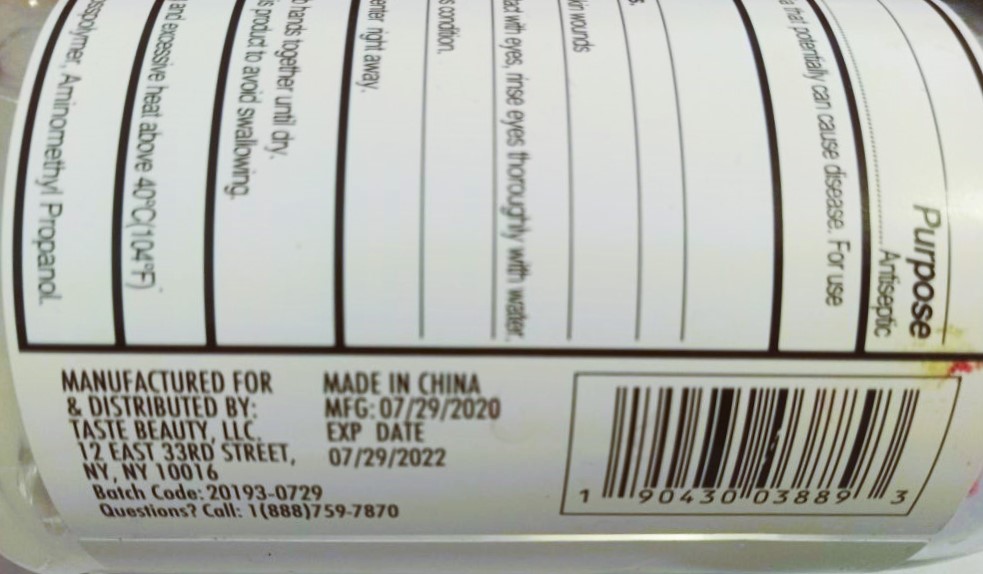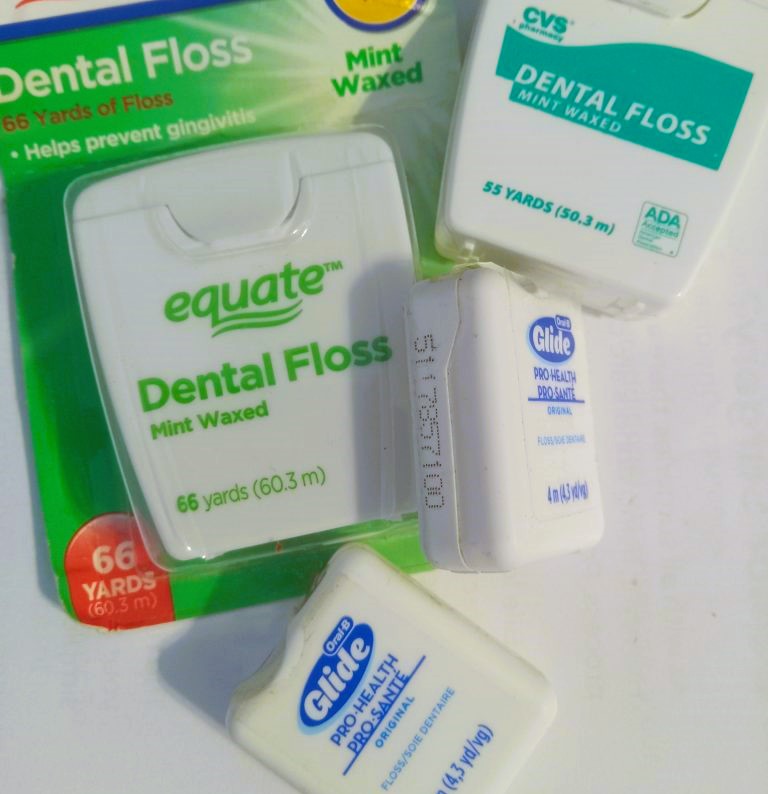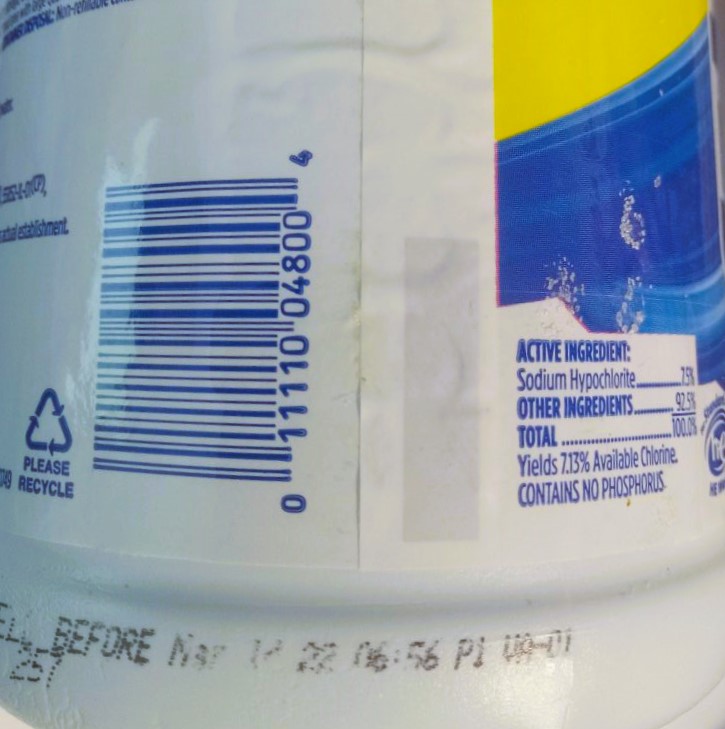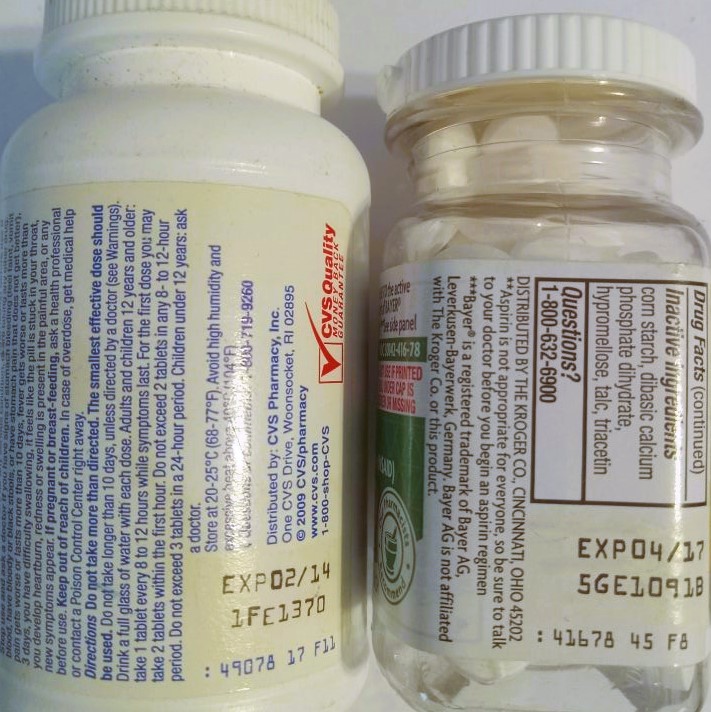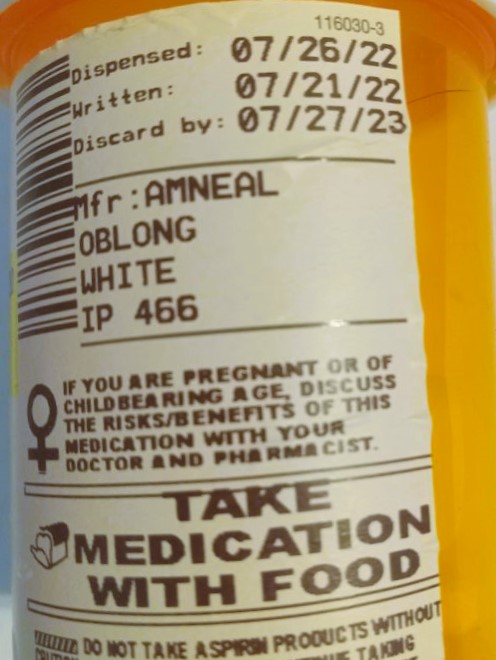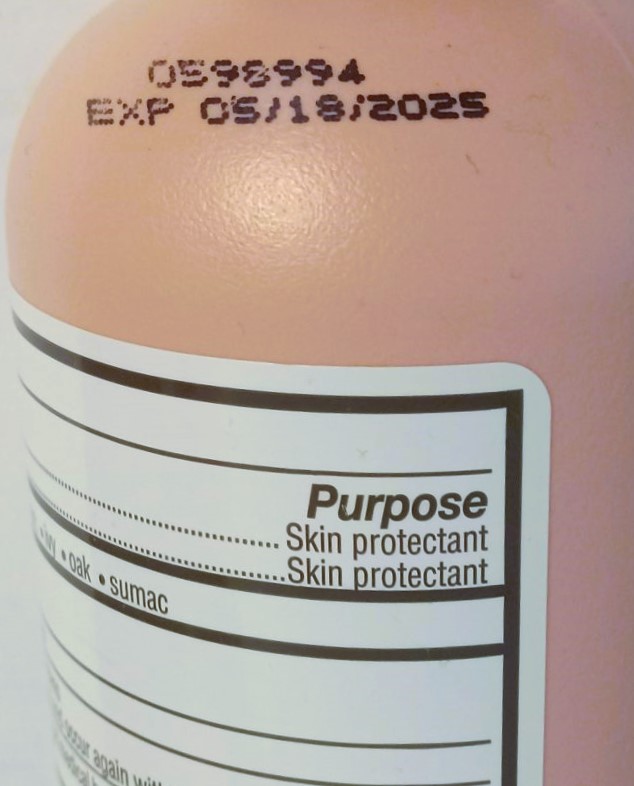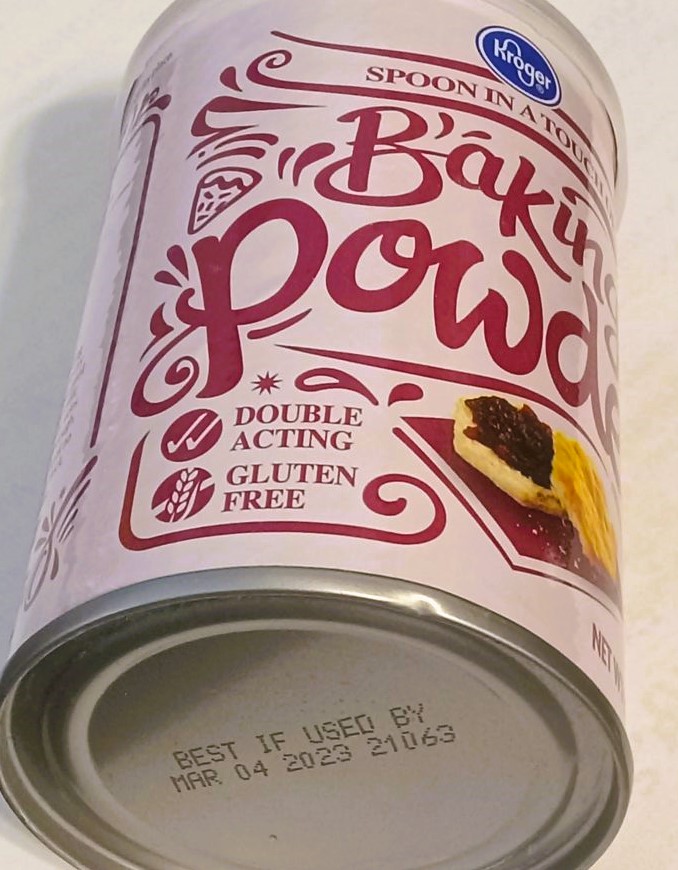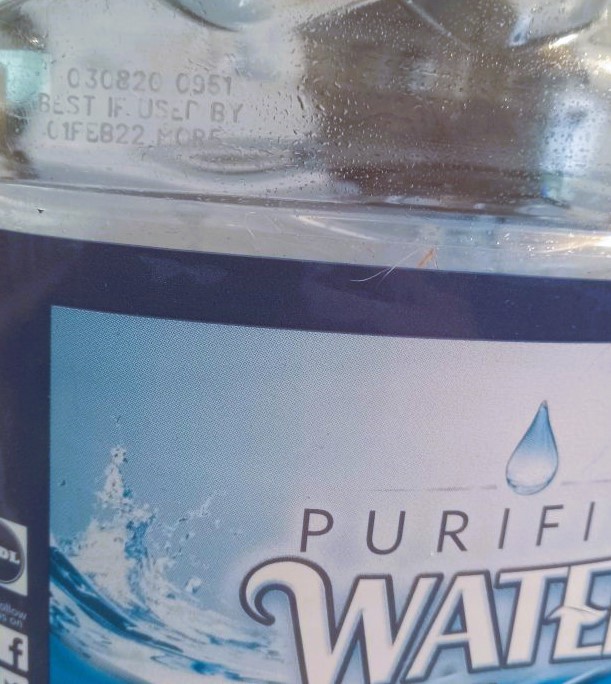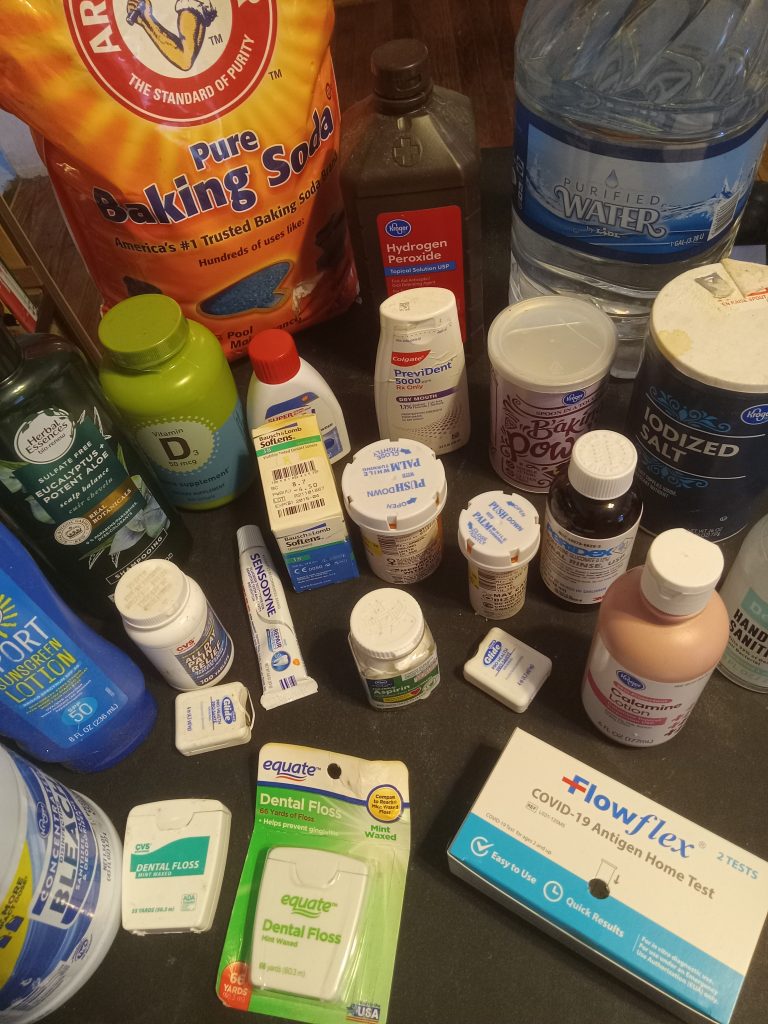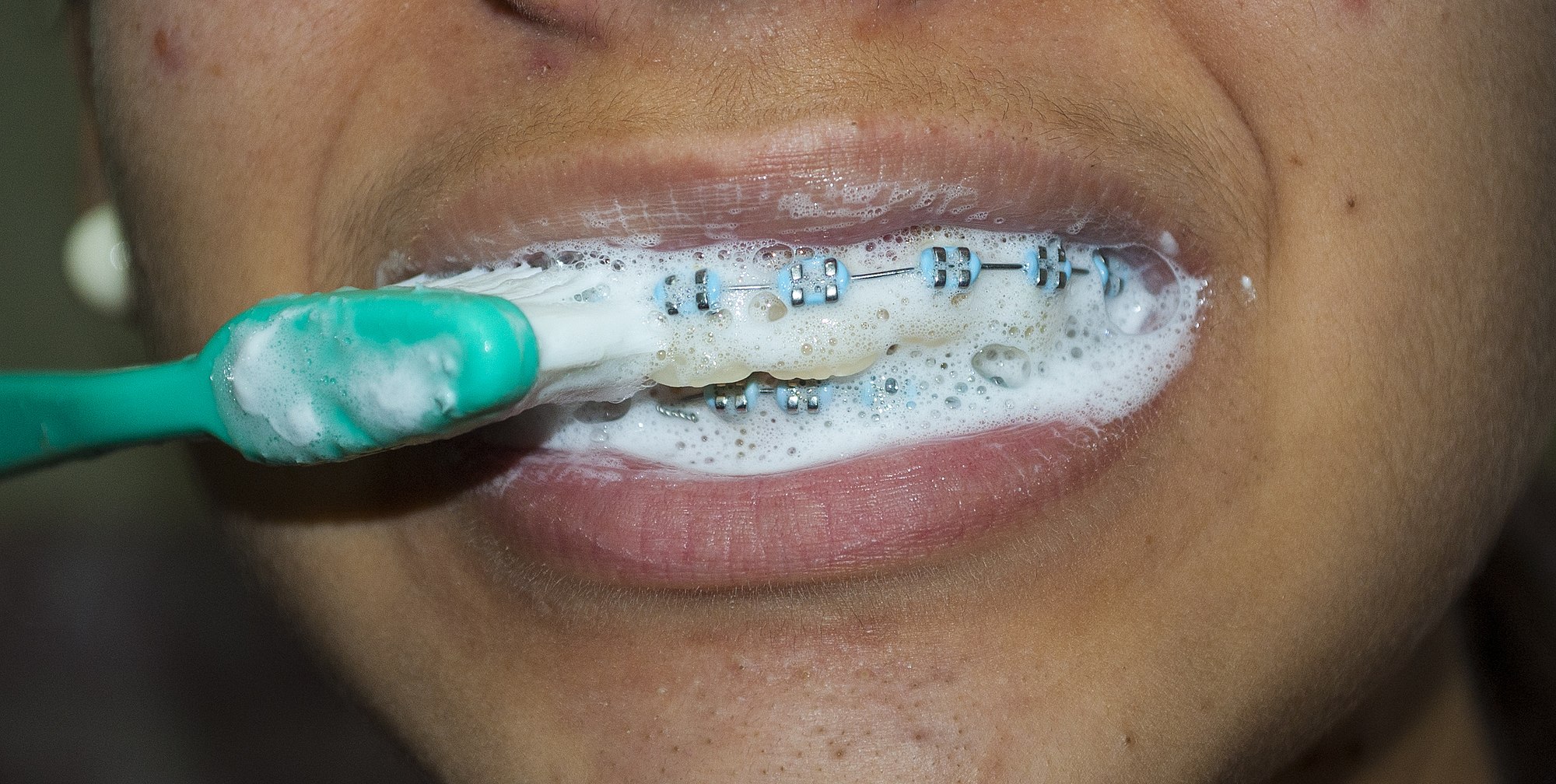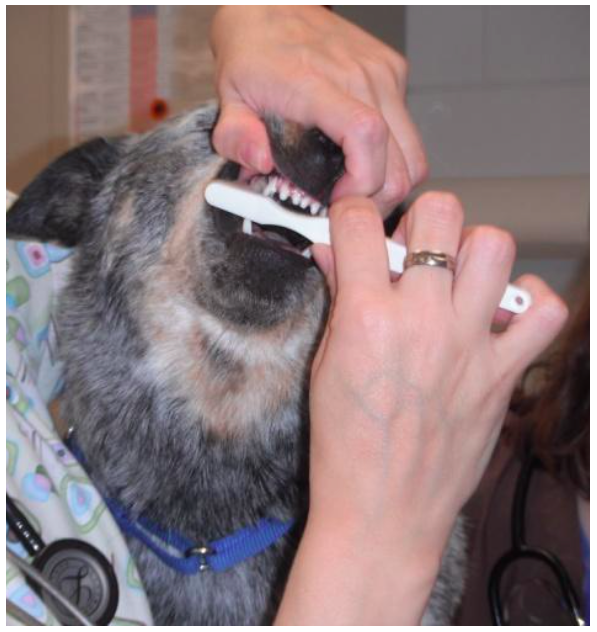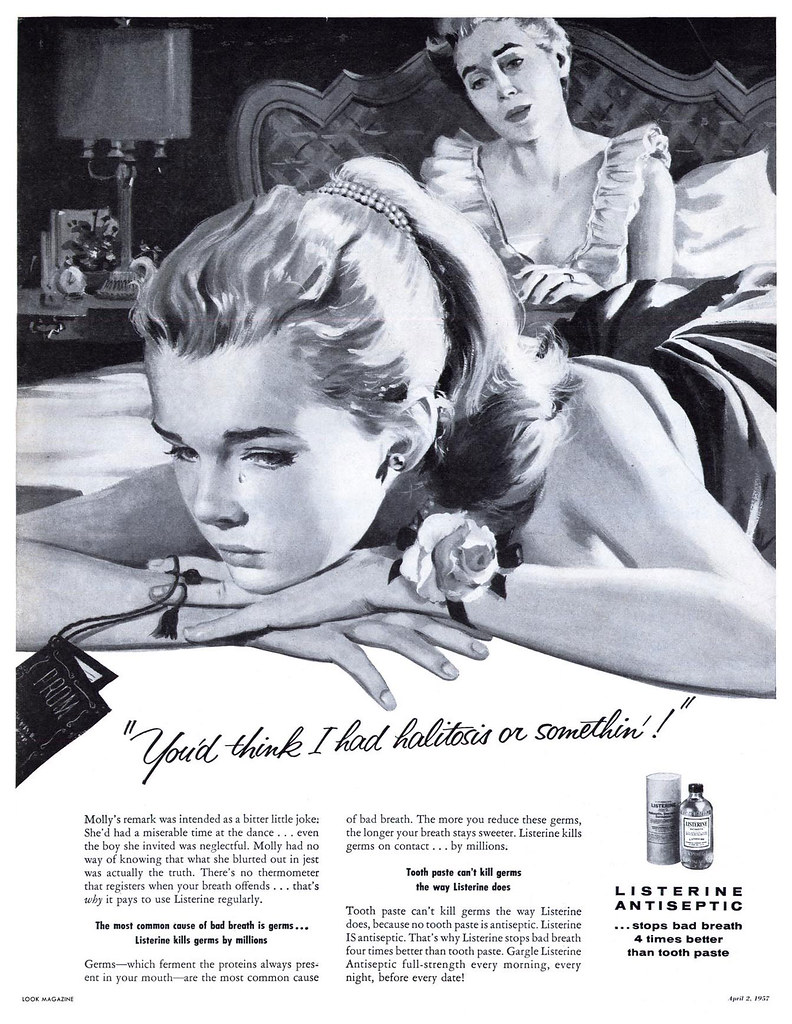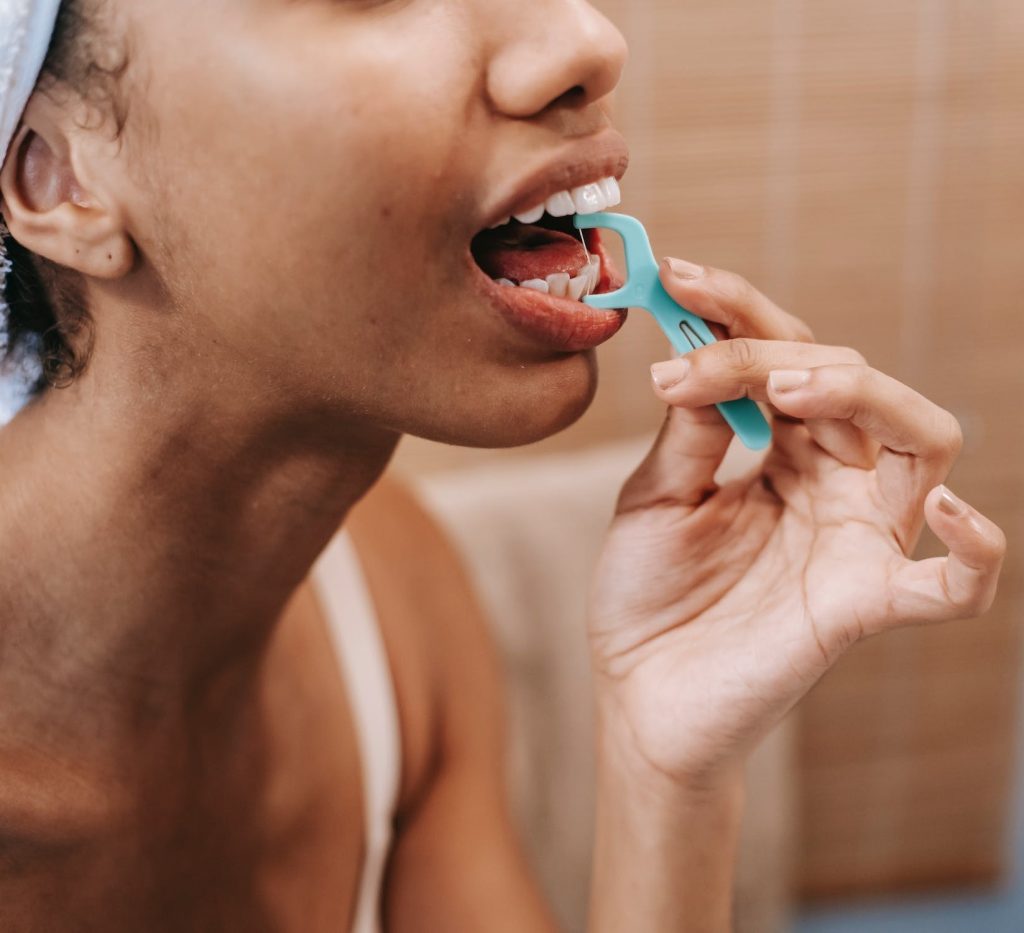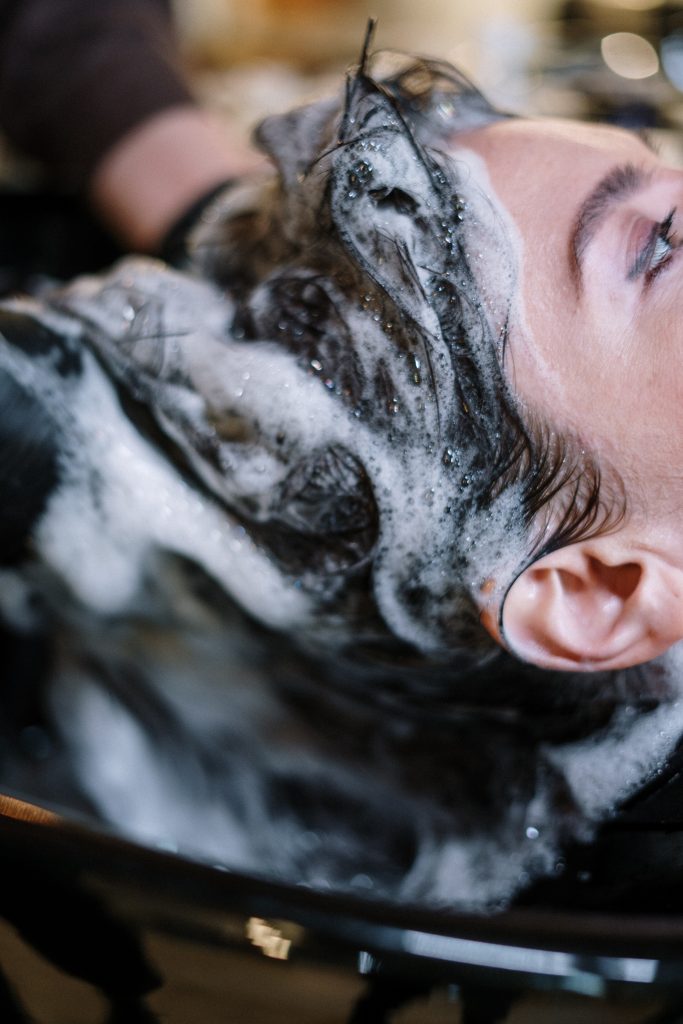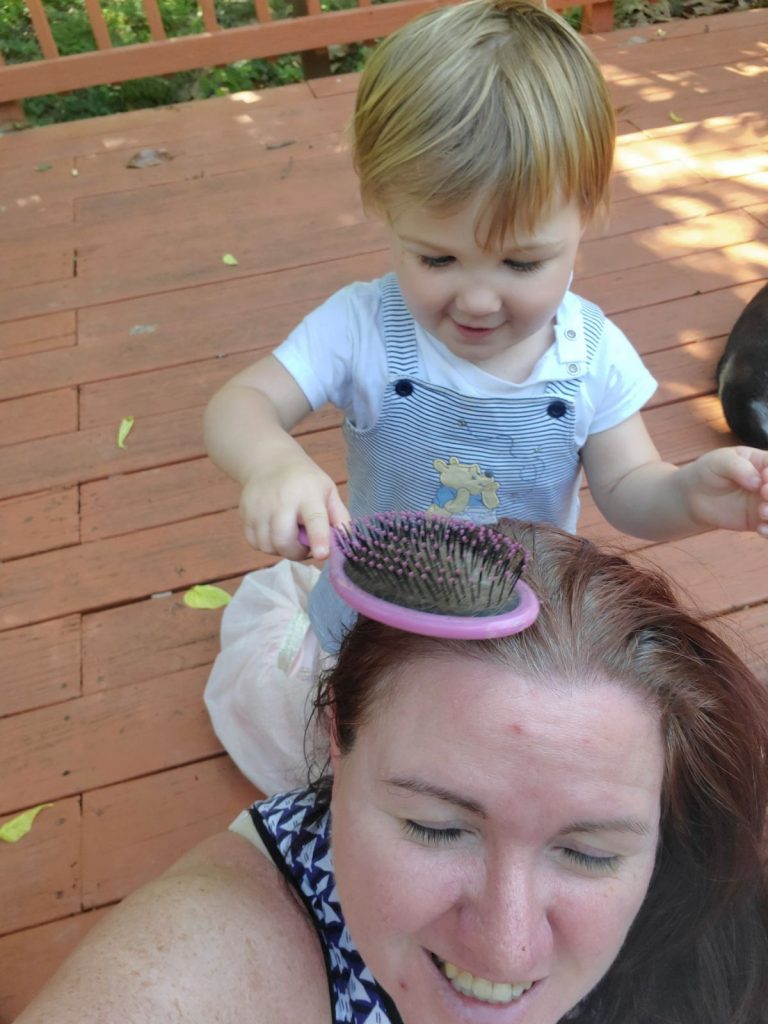After a recent trip to the dentist, I noticed that the little sample size Colgate dental floss has an expiration date of 01/07/2025. Really? Dental floss?
It turns out that dental floss is pretty sturdy stuff, meant to last long. The floss itself does not go bad, though the string might begin to fray a bit. The wax coating of waxed floss might start to break down. Any flavoring agents can start lessening after a long period.
So that made me wonder about the usefulness of other expiration dates.
Please note: what follows is information I found online—i.e., generally available information, not advice or recommendation.
How About Cleaning Products?
The U.S. Environmental Protection Agency (EPA) requires all disinfectants to publish expiration date information for all formulations that change significantly over time.
So, yes, cleaning products can expire. “Like many products purchased at the grocery store, cleaning products can degrade over time,” says Brian Sansoni, senior vice president of communications, outreach & membership at the American Cleaning Institute (ACI). “Even if they contain preservatives, that doesn’t mean they last forever. As they begin to break down, it might affect how well the enzymes work or change the pH, resulting in a less effective product,” Sansoni explains. You might need to scrub longer or harder.
Once it has expired, some of the claims a product makes (such as the percentage of germs it kills on a surface) may no longer be valid.
- Bleach: Once opened, bleach has a surprisingly short shelf life and starts to become less effective after 6 months.
- Multi-surface cleaning sprays: Most cleaning sprays will last for 2 years.
- Dish detergent: About 1 year to 18 months.
- Laundry detergent: Lasts for 6 months to 1 year after opening.
- Disinfecting sprays: About 2 years after the manufacture date.
- Hand sanitizer: Check for an expiration date on the bottle—most last for 2 to 3 years.
Medicines?
Surely everyone knows they do. Indeed, the U.S. Food and Drug Administration (FDA) requires all medications to have an expiration date.
Manufacturers create over-the-counter and prescription medication dosage instructions that reflect the product’s strength, quality, and purity when stored properly. This is indicated by “Expires: [DATE]” or “EXP: [DATE]” on the bottle or packaging. Think aspirin, neosporin, etc.
Beyond the expiration date, the manufacturer cannot guarantee the product will work effectively when taken as directed, and there is no easy way to determine the potency of the expired medication.
Rarely but more seriously, the drug manufacturer cannot ensure that the product will not degrade and produce toxic compounds that could cause harm.
The FDA has recently begun allowing manufacturers to extend specific medication expiration dates for the purposes of national emergency preparedness. However, you generally shouldn’t take expired medications without consulting a state-licensed, board-certified medical professional like a pharmacist or medical doctor.
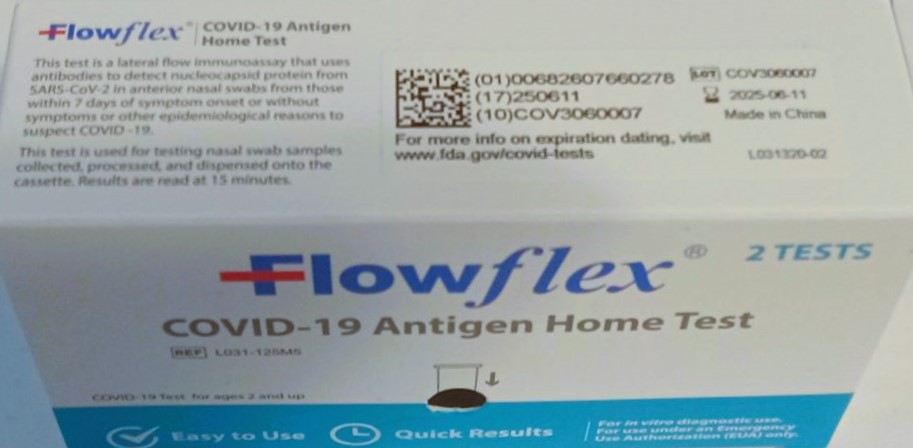
What About Skin Care Products?
Unless the product is classified as a drug, as acne treatments and sunscreen products are, you probably won’t find an expiration date on it, said Dr. Bruce Brod, a dermatologist at Penn Medicine. Still, if you can’t remember when you bought, you should probably toss it. Like cleaning products and medications, the effectiveness of active ingredients in these products can start to break down over time.
And Then There Is Food…
Generally speaking, it is safe to buy food on its expiration date. Expiration dates have more to do with the food’s overall quality and texture rather than whether it is safe or not safe to eat. As long as there are no signs of spoilage, you can eat it (though it might not taste as fresh as it once was).
What Foods Can You Not Eat After the Expiration Date?
| Item | Months |
| Bacon and sausage | 1 to 2 |
| Casseroles | 2 to 3 |
| Egg whites or egg substitutes | 12 |
| Frozen dinners and entrees | 3 to 4 |
| Gravy, meat or poultry | 2 to 3 |
| Ham, hotdogs, and lunchmeats | 1 to 2 |
| Meat, uncooked roasts | 4 to 12 |
| Meat, uncooked steaks or chops | 4 to 12 |
| Meat, uncooked ground | 3 to 4 |
| Meat, cooked | 2 to 3 |
| Poultry, uncooked whole | 12 |
| Poultry, uncooked parts | 9 |
| Poultry, uncooked giblets | 3 to 4 |
| Poultry, cooked | 4 |
| Soups and stews | 2 to 3 |
| Wild game, uncooked | 8 to 12 |
Most shelf-stable foods are safe to eat much longer than their expiration date. But things like milk (and other dairy) should not be consumed past its expiration date unless frozen. One can tell that these foods have gone bad based on their appearance and smell.
Posted by Marianne Gravely, Technical Information Specialist, Food Safety and Inspection Service in Health and Safety: “Food poisoning bacteria does not grow in the freezer, so no matter how long a food is frozen, it is safe to eat. Foods that have been in the freezer for months (recommended freezer times chart) may be dry, or may not taste as good, but they will be safe to eat. Often seasonings and additional ingredients can make up for loss of flavor.
Before you throw out limp lettuce or brown bananas, consider the possibilities! Wilted herbs can infuse oils. Turn mushy fruit into pie or compote. Almost any vegetable past its prime can still make great soup. Leftover milk or cream make great ricotta or milk jam. Recently expired milk can even substitute for buttermilk in baked goods. You can even use expired food as cleaning agents or skin care ingredients!
While not food per se, baking powder and baking soda both have expiration dates that should be heeded—assuming you want your baked goods to turn out right.
Things You Never Knew Had an Expiration Date
They’re meant to keep you safe or to ensure that the product will still work, so don’t blow them off.
- Infant/child carseats: every one has an expiration date, usually printed on the bottom of the seat. The longevity of a car seat varies by manufacture date and brand. For example, Graco and Britax car seats tend to expire after six to ten years, depending on the type of seat you have.
- IOSAT (Potassium Iodide) Nuke Pills expire but have a shelf life of around 5-6 years. They are relatively inexpensive and provide assurance for nuclear accidents and attacks. Be sure to check the expiration date of your supplies of this “must have” if you are prepping for a radiation emergency. Ensure you have one packet for everyone in your household.
- Kevlar clothing items have an expiration date. Yes, bullet proof vests and motorcycle pants have expiration dates, generally five years for Kevlar.
- Condoms have an expiration date, usually printed on the package. Generally, a condom expires about five years after manufacture if stored under proper conditions—i.e., in a cool, dry place. Condoms with spermicide will last just two years. Heat, light, and humidity will affect condom integrity.
- Disposable respirators (the majority, anyway) have expiration dates. The respirator mask should not be used after this date.
- Bottled water has a date stamped on the bottle, though this is sometimes a sell-by or use-by date rather than an expiration date. Water, of course, does not go bad or expire. However, the bottles can start to break down and leak antimony and microplastics into the water when stored at high temperatures or for a long time.
“Sell By” or “Use By”
Then there are “sell by” and “use by” dates:
- “Sell by” dates:
- This is information for the store for their own stock rotation to let the stores know how long to display the food. It helps them keep track: out with the old, and in with the new.
- “Use by” dates
- Best if used by dates are for the consumer to advise about the texture, color or quality of the food. This totally voluntary information a manufacturer passes along to protect their brand. Generally, you can stretch the date and still enjoy the food.
Bottom Line: Pay attention to expiration dates, especially on products related to one’s health and well-being.
